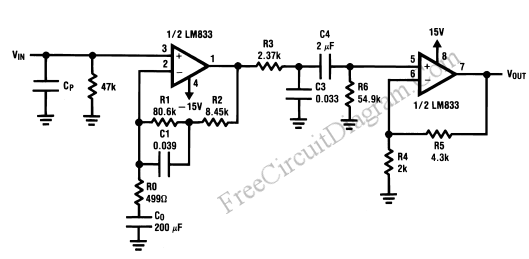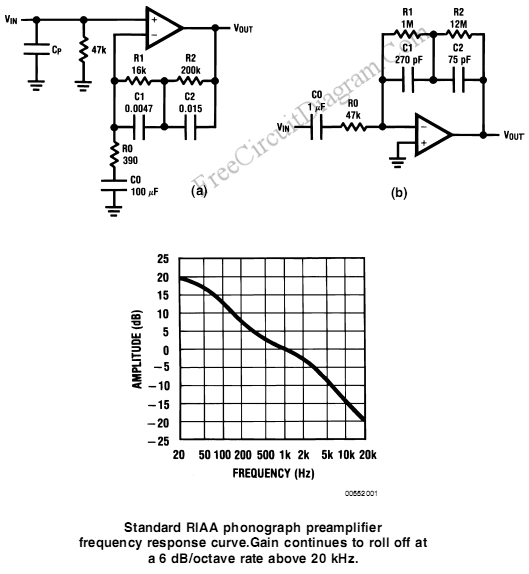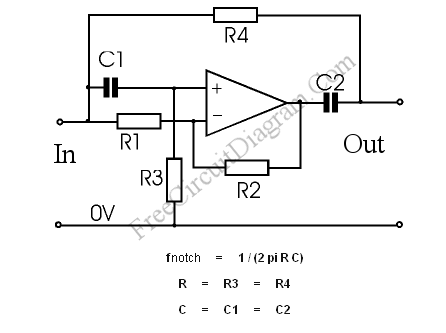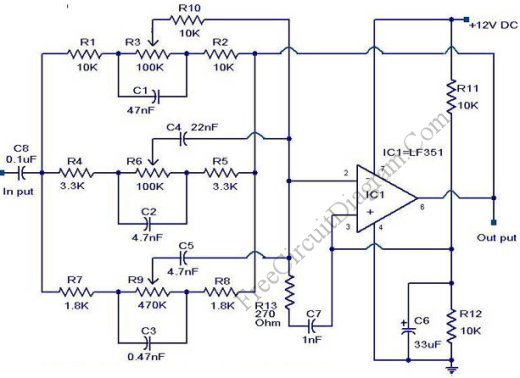Active Crossover Circuit: Split The Audio Signal Before Amplification
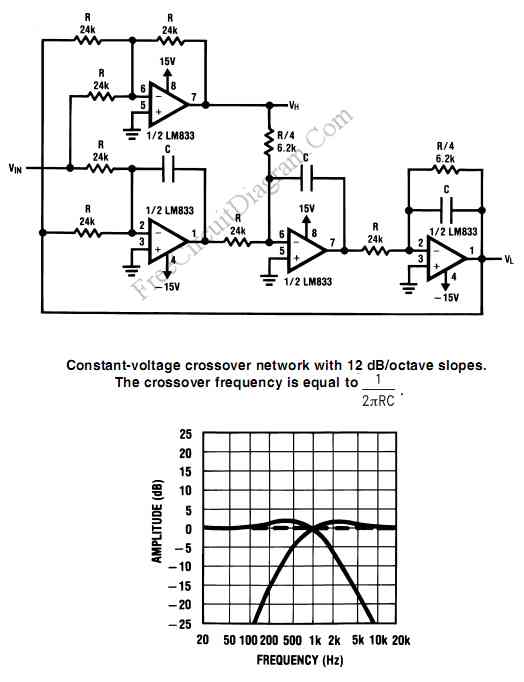
You might be familiar with passive crossover network installed inside your speaker box, consist of inductors and capacitors. The problem with passive crossover network is that they dissipate the audio power, so it’s not environmentally friendly, contributing a little disaster of global warming. Moreover, the capacitor and the inductor in the passive crossover network contribute the distortion of the signal […]
Read more
